Researchers unveil how biological sex influences brain aging, revealing genetic, hormonal, and molecular mechanisms behind cognitive resilience and decline.
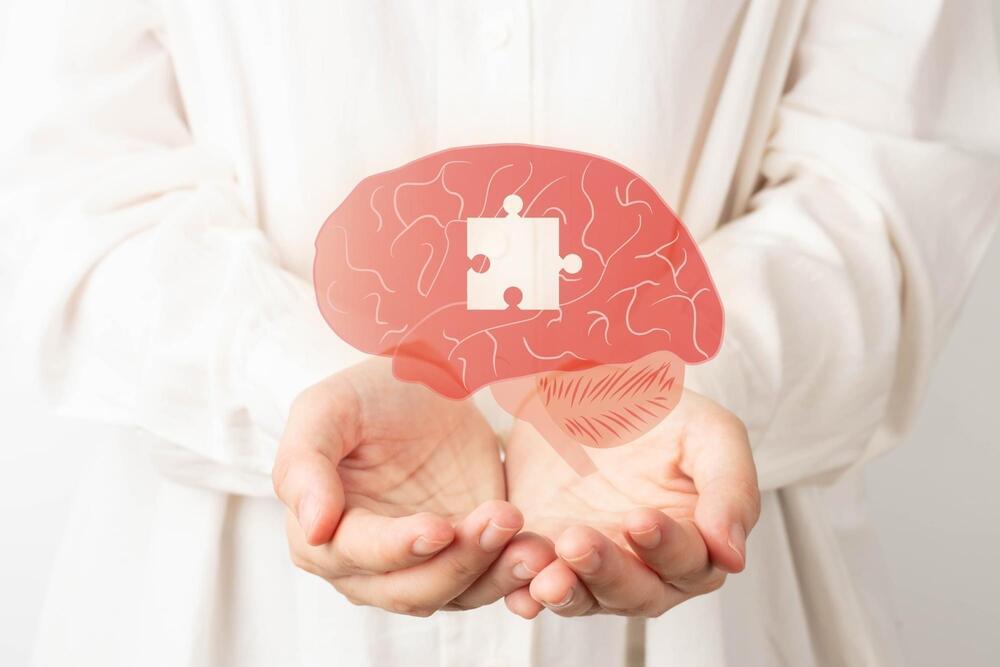

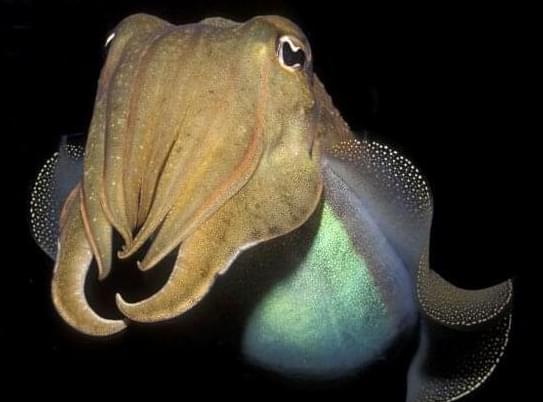
Back in 2021, a test of cephalopod smarts reinforced how important it is for us humans to not underestimate animal intelligence.
Cuttlefish were given a new version of the marshmallow test, and the results may demonstrate that there’s more going on in their strange little brains than we knew.
Their ability to learn and adapt, the researchers said, could have evolved to give cuttlefish an edge in the cutthroat eat-or-be-eaten marine world they live in.
Think of a future where terminal illnesses can be temporarily halted, allowing time for the development of potential cures.
TimeShift, the world’s first cryopreservation facility, seeks to make the impossible – extending human lifespan – a reality.
The conceptualized facility would provide a means of freezing or preserving patients’ bodies with terminal illnesses. This way, it could mitigate the progression of neurodegenerative diseases and aggressive cancers. And possibly enable experts to develop a cure.
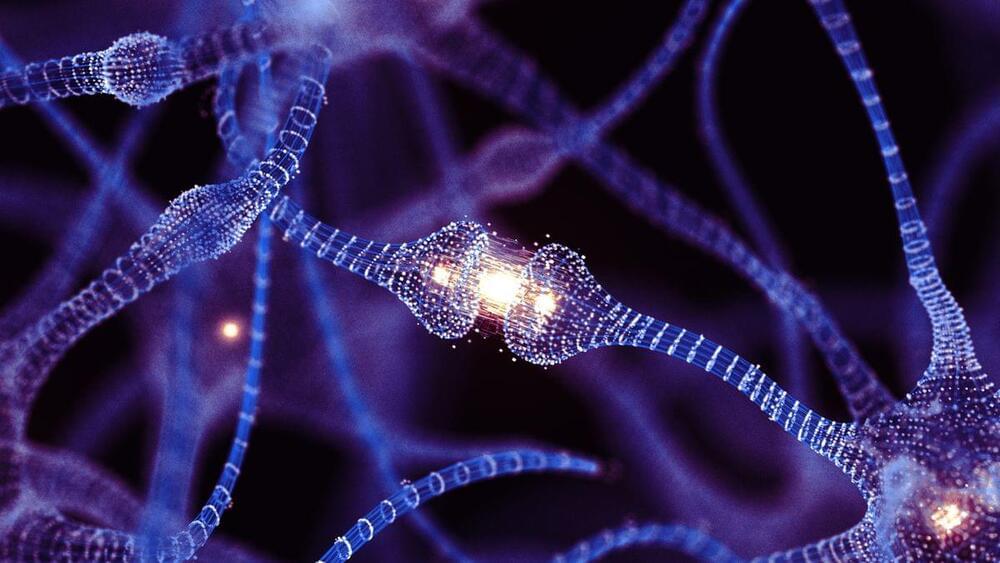
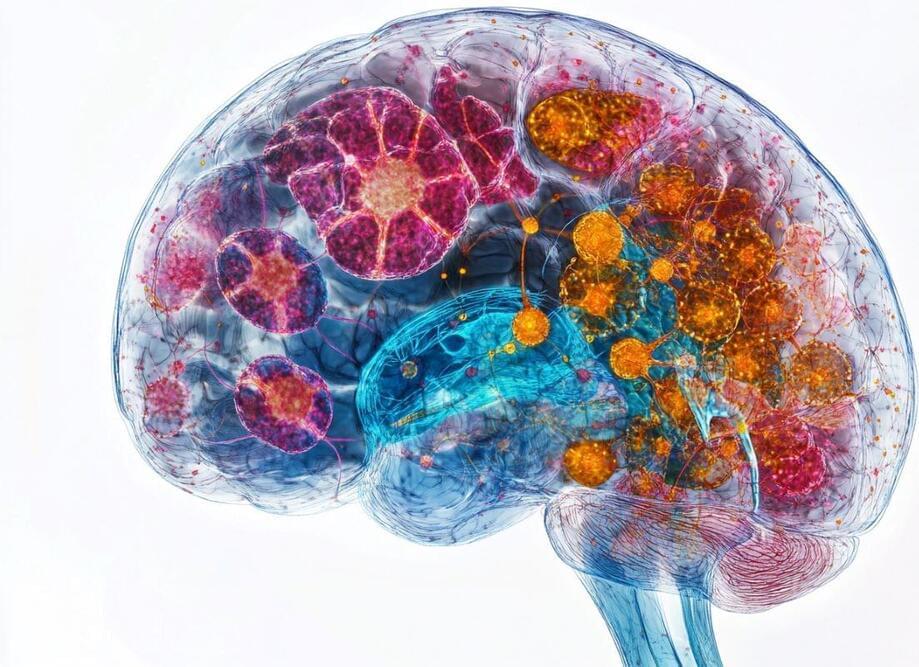
Summary: Researchers have identified a unique stem cell in the young brain capable of maturing into multiple cell types, potentially explaining the origins of autism and glioblastoma. These stem cells show gene expression patterns that regulate early brain development and, when disrupted, could lead to neurological conditions.
The study provides a detailed gene expression map, linking autism-related genes to immature neurons active during brain growth. The findings open avenues for targeting glioblastoma’s origins and better understanding autism’s developmental roots.

Autophagy, the cell’s essential housekeeping process, involves degrading and recycling damaged organelles, proteins, and other components to prevent clutter. This vital mechanism, found in all life forms from single-celled organisms to plants and animals, is key to maintaining cellular homeostasis. Its disruption is linked to many known diseases in humans, such as Alzheimer’s, Parkinson’s, and cancer.
Though understanding autophagy in detail is important from medical and biological perspectives, it is not a one-size-fits-all process. There are several forms of autophagy that differ in how the components to be degraded are transported to the lysosomes or vacuoles—the organelles that serve as the cell’s waste disposal and recycling centers.
Autophagy targets a range of intracellular components, including a part of the nucleus that stores important chromosomes. However, the physiological significance of autophagic degradation of the nucleus remains unknown.

In an unprecedented new study, researchers have shown neurotransmitters in the human brain are released during the processing of the emotional content of language, providing new insights into how people interpret the significance of words.
The work, conducted by an international team led by Virginia Tech scientists, offers deeper understanding into how language influences human choices and mental health.
Spearheaded by computational neuroscientist Read Montague, a professor of the Fralin Biomedical Research Institute at VTC and director of the institute’s Center for Human Neuroscience Research, the study represents a first-of-its-kind exploration of how neurotransmitters process the emotional content of language—a uniquely human function.
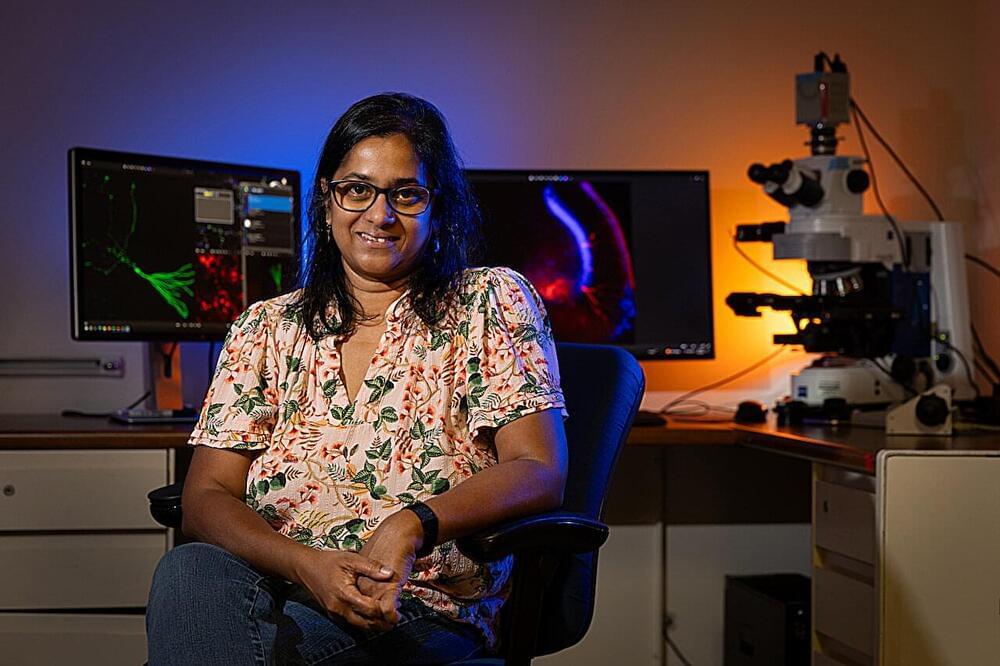
The gene neuropilin2 encodes a receptor involved in cell-cell interactions in the brain and plays a key role in regulating the development of neural circuits. Neuropilin2 controls migration of inhibitory neurons as well as the formation and maintenance of synaptic connections in excitatory neurons—two crucial components of brain activity.
A study led by neuroscientist Viji Santhakumar at the University of California, Riverside, and collaborators at Rutgers University in Newark, New Jersey, now offers insights into how this gene contributes to the development of behavioral changes associated with autism spectrum disorder and epilepsy.
The study, published in Molecular Psychiatry, offers a pathway for future treatments aimed at alleviating some challenging symptoms of these frequently co-occurring conditions.
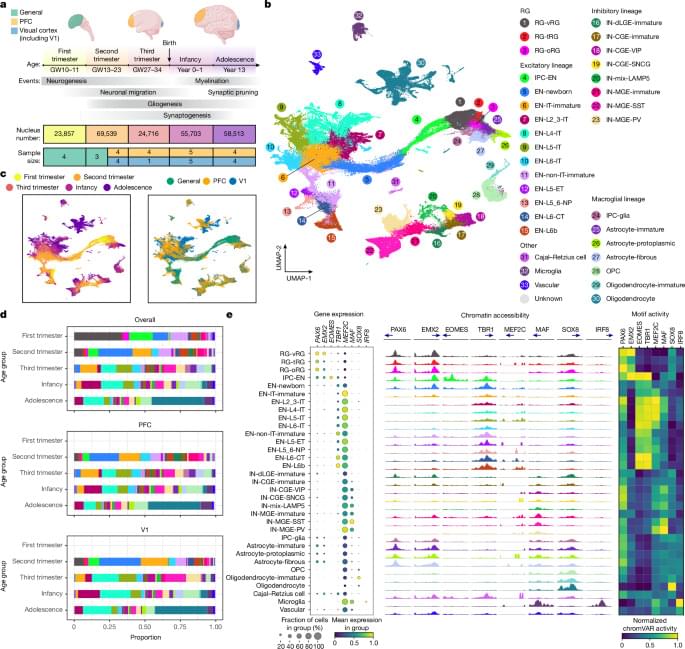
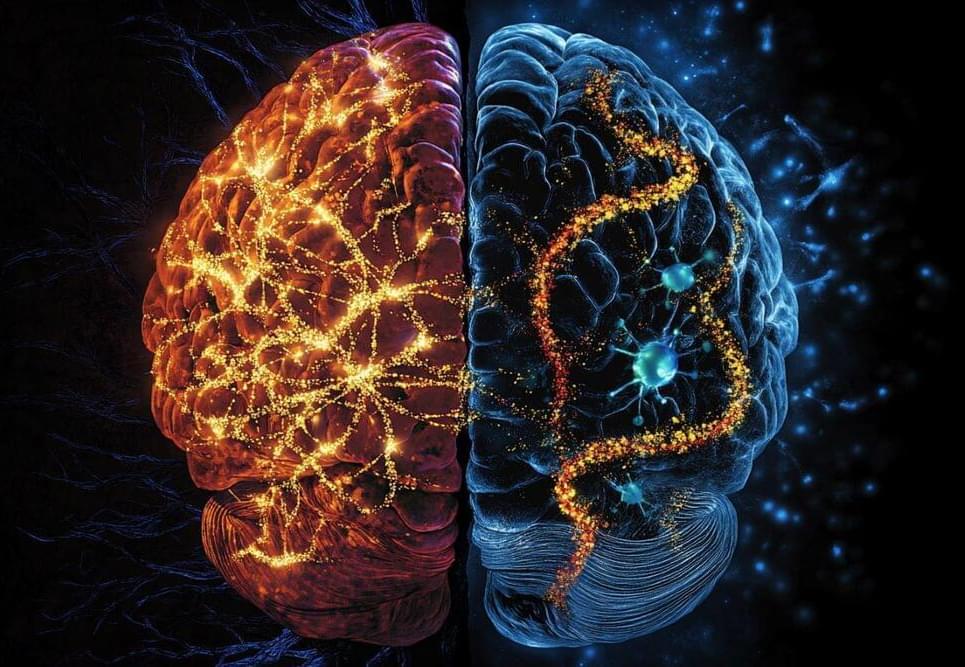
Summary: While humans share over 95% of their genome with chimpanzees, our brains are far more complex due to differences in gene expression. Research shows that human brain cells, particularly glial cells, exhibit higher levels of upregulated genes, enhancing neural plasticity and development.
Oligodendrocytes, a glial cell type, play a key role by insulating neurons for faster and more efficient signaling. This study underscores that the evolution of human intelligence likely involved coordinated changes across all brain cell types, not just neurons.